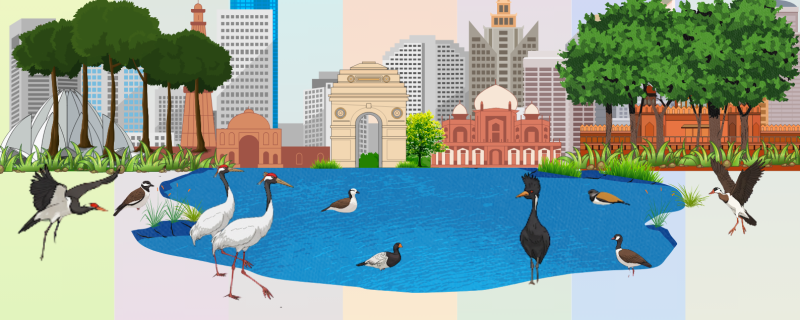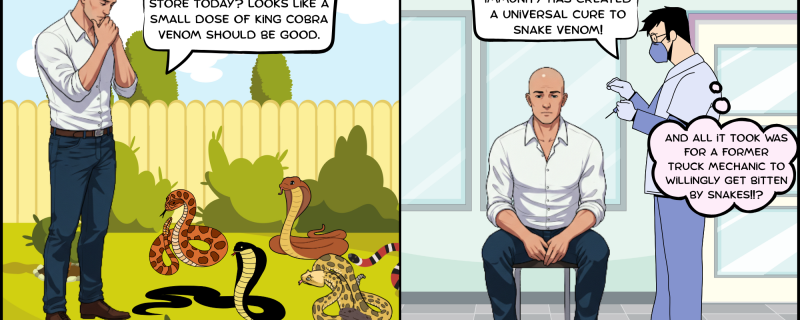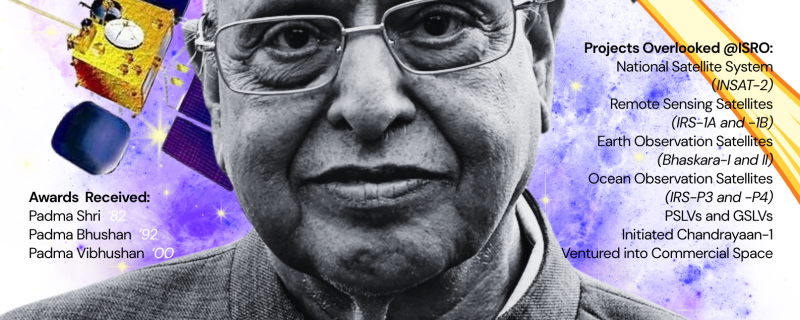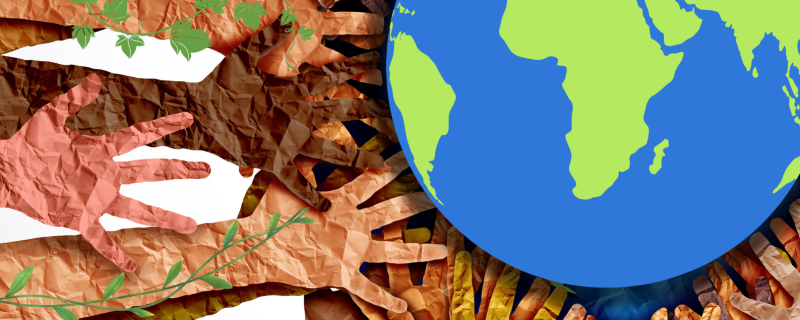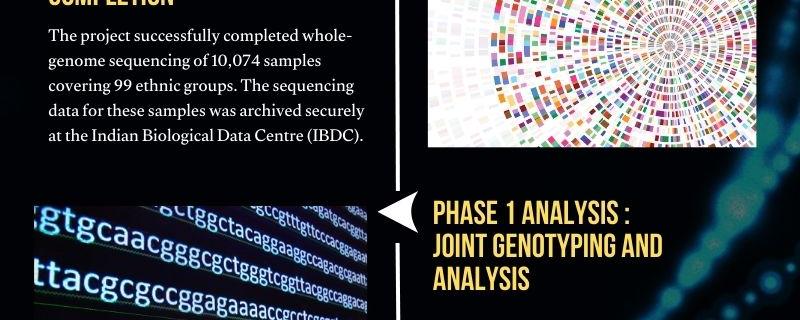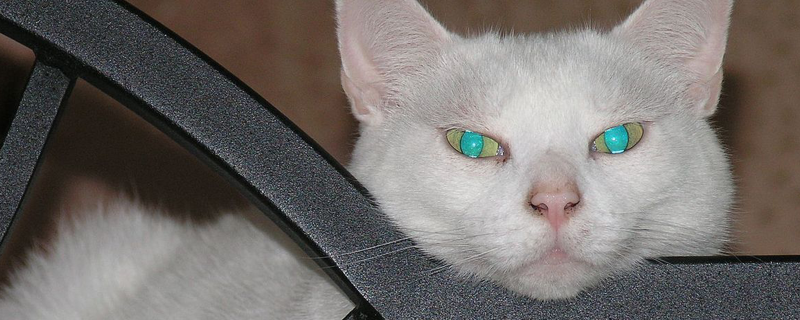ICAR has developed two new genome-edited rice varieties – DRR Rice 100 (Kamla) and Pusa DST Rice 1 using genome-editing technology based on CRISPR-Cas9, which makes precise changes in the organism's genetic material without adding foreign DNA.
New research reveals that cultural tolerance and political pressure, rather than just biological science, dictate the life or death of tigers in India and wolves in Germany.
Dehradun/


